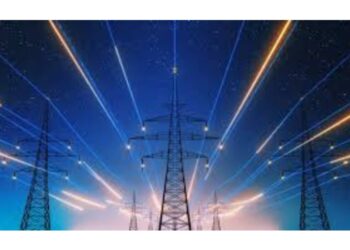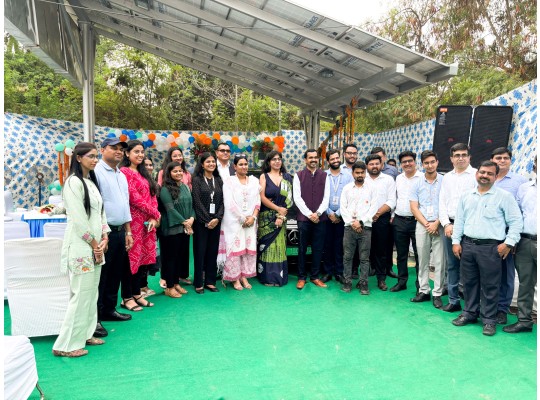Solar power, electric vehicles and batteries- there is a consensus worldwide that these three upcoming fields are the most exciting of all; currently in a nascent stage, yet with boundless potential to explode. Solar panels were invented in the USA, but today, China dominates the solar PV global supply chain. Solar was identified as a low-carbon, yet affordable alternative long back in China.
How and why is China dominating?
China has been working on solar cells since the 50s. Polysilicon is the main raw material required for panel production. But it is not just any silicon that is used in panel production. The grade of silicon used in panels is called solar cell grade silicon (SOG-SI). China is the world’s largest silicon producer- 6.6 million metric tons in 2023. It has invested a mammoth amount of 1.8 trillion dollars in the clean energy sector, just in 2023.
Today, 80 to 85% of the world’s PV supply is dominated by China. A decade ago it was just 40%. What has led to China being the spear header of the solar revolution in the world? The local government banks have been lending low-interest loans to support the burgeoning green infrastructure. Moreover, the cost of labour in China is very cheap.
The scale of production leads to a massive reduction in the cost price, this has allowed the electricity generated from solar at par with traditional sources. Since 2011, there has been an influx of 3 lakh manufacturing jobs in China itself.
Global outlook
Renewable energy today can very well be seen as a geopolitical tool. Solar panels were invented in the USA, but now are dominated by China. In desperate measures to counter this giants like Europe and USA are incentivizing local production.
Chinese solar companies have the highest panel efficiency, market share, lowest prices, and energy storage capacity. The irony is, that despite China’s impressive production, the installed capacity still lags. The country still relies on fossil fuels to fulfil 70% of its energy needs.
The current installed capacity in China is 610 GW, whereas in the USA it is just a mere 180 GW. Chinese solar panels are more than 50% cheaper than the European and American counterparts. And they are not slowing down anytime soon. From 2020 to 2023 the production of solar modules has doubled. Their current manufacturing capacity stands at around 900 GW per year. Just in the past year, prices of modules in China have dropped to an all-time high- 0.15 $ per watt.
What is happening in India?
The government in India has taken several steps to pump up domestic solar production. A two-pronged strategy has been implemented. The first is curbing the supply of foreign brands and the second, incentivizing local brands to encourage them to increase their production.
The import tax on modules and cells currently stands at 40% and 25% respectively. Coupled with this, the government has issued 14000 crore worth PLI to promote the in-house production of solar PV modules. India will soon become self-sufficient in solar manufacturing, discarding the over-reliance on imports.












